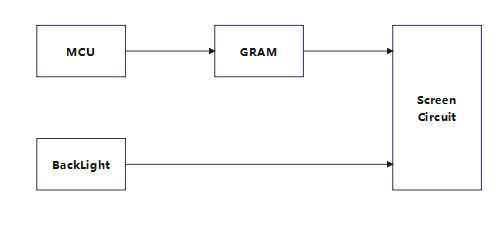Imagine driving down a highway, and instead of looking at a screen for navigation, the directions appear right on your windshield. Or, while shopping, you see product information floating in front of your eyes. This is the magic of Augmented Reality (AR), and at its core lies an ingenious technology called light waveguides. But what exactly are light waveguides, and how do they work? Let's delve into the fascinating world of these optical marvels.
Light waveguides are, in essence, optical "highways" that channel light along specific paths. They come in various shapes and sizes, but their primary purpose is to control and manipulate the propagation of light. The working principle behind waveguides relies on the difference in refractive indices between two materials, which keeps the light confined within the structure.
Now, let's connect the dots between light waveguides and AR technology. In the realm of AR, waveguides play a crucial role in projecting virtual images onto our real-world environment. By manipulating the light carrying the image, waveguides seamlessly blend the digital and the physical, creating an interactive experience like no other.

AR waveguides incorporate a mini-display or projector, optical components such as lenses or mirrors, and a transparent waveguide plate. The display generates the virtual image, which is then directed into the waveguide plate by the optical components. Finally, the plate projects the image into the user's field of view, making it appear as if the virtual elements are part of the real world.
Now that we understand the basics, let's explore the pros and cons of AR waveguide technology. On the bright side, waveguides enable the creation of sleek and lightweight AR devices, opening up a plethora of applications. High-resolution images with wide viewing angles are possible, enriching the user experience.
However, it's not all sunshine and rainbows. AR waveguides face challenges such as chromatic dispersion, limited field of view, and environmental light interference, which could impact image quality. Additionally, the complexity of manufacturing and integration may drive up costs.
Despite these challenges, the future of AR waveguides is undeniably promising. As technology advances, we can expect lighter, thinner, and more powerful AR devices. The marriage of AR waveguides with artificial intelligence and the Internet of Things will open up new possibilities in fields like healthcare, education, entertainment, and manufacturing. The sky's the limit for AR waveguides, and we're just getting started.
In conclusion, light waveguides are the unsung heroes behind the magic of Augmented Reality. They facilitate the seamless integration of virtual elements into our everyday lives, enhancing our interaction with the world around us. While there are still hurdles to overcome, the future of AR waveguides is filled with endless potential, ready to reshape our reality for the better.
Light waveguides are, in essence, optical "highways" that channel light along specific paths. They come in various shapes and sizes, but their primary purpose is to control and manipulate the propagation of light. The working principle behind waveguides relies on the difference in refractive indices between two materials, which keeps the light confined within the structure.
더 읽기

With the continuous development of technology, our quality of life has greatly improved. In this era of unlimited technological possibilities, the birth of planar waveguide technology has brought ...

Introduction The screen that uses this interface is usually equipped with a driver chip, such as ILI9488, ILI9341, SSD1963, etc. The driver chip has its own video memory, so the MCU just needs to p...



댓글 남기기
이 사이트는 hCaptcha에 의해 보호되며, hCaptcha의 개인 정보 보호 정책 과 서비스 약관 이 적용됩니다.